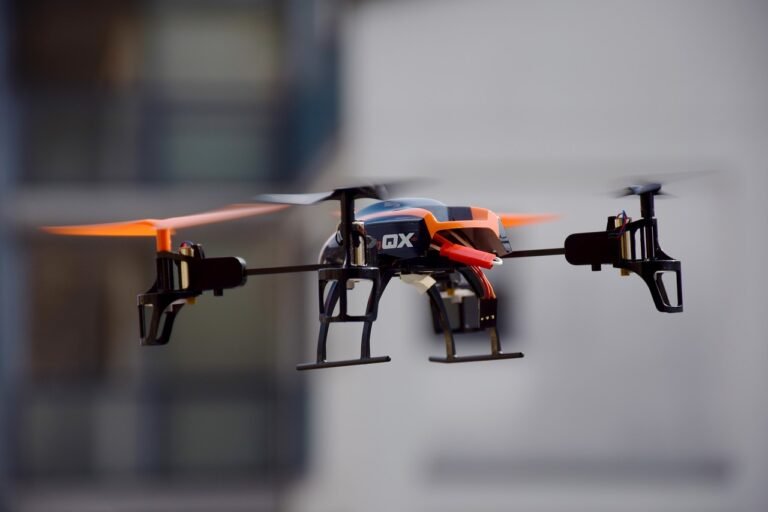The Vibrant Chaos of a Busy Area
Life in a busy area offers an intriguing mix of energy, chaos, and culture. These bustling environments, often found in urban centers, are a melting pot of activities, people, and opportunities. They stand as monuments to human ambition, adaptation, and interaction. Yet, while their fast-paced rhythm draws many in, it also raises questions about sustainability, mental well-being, and the future of such dynamic spaces.
From the crowded streets of New York’s Times Square to the bustling bazaars of Delhi, busy areas reflect a fascinating duality: the promise of progress paired with the complexities of congestion. But what makes these areas so captivating, and what lessons can they teach us about urban living?
What Defines a Busy Area?
A busy area is characterized by its density of activity, population, and infrastructure. Typically, these spaces are hubs for commerce, tourism, and transportation. Think of major city centers, marketplaces, or cultural hotspots where people from all walks of life converge for various reasons.
The visual signature of such areas is often striking. Skyscrapers towering above, endless streams of vehicles, crowded sidewalks, and the hum of human chatter form a sensory overload. But beneath this surface lies a complex ecosystem that thrives on the diversity of its participants.
Why Are Busy Areas So Fascinating?
The charm of a busy area lies in its energy. There’s always something happening. Whether it’s the latest street performance, a new shop opening, or a spontaneous protest, busy areas are alive with possibilities. They’re microcosms of society, showcasing both its best and worst attributes.
For tourists, these areas often serve as a window into a city’s soul. Landmarks, restaurants, and local businesses bring flavor and character, making the hustle worth the effort. For locals, these spaces often provide opportunities for work, connection, and inspiration, though they can also be sources of stress.
Challenges of a Busy Area
While busy areas can be exhilarating, they come with their fair share of challenges.
Overcrowding
Overcrowding is a universal issue in bustling locales. Public spaces, from buses to markets, are often packed beyond capacity. This can lead to discomfort, safety hazards, and decreased accessibility for vulnerable populations.
Environmental Concerns
The environmental impact of crowded spaces is undeniable. From increased carbon emissions due to traffic congestion to litter piling up faster than it can be cleared, busy areas demand robust urban planning.
Stress and Mental Health
The constant noise, hurried pace, and lack of personal space in busy areas can be overwhelming. Studies have linked prolonged exposure to such environments to higher stress levels and decreased mental well-being.
The Hidden Benefits of Busy Areas
Despite their challenges, busy areas also bring incredible benefits, particularly in fostering human connection and economic growth.
Economic Opportunities
Busy areas are the lifeblood of commerce. They support small businesses, entrepreneurs, and larger corporations alike. A thriving marketplace means jobs, innovation, and a vibrant economy.
Diversity and Cultural Exchange
These areas are cultural melting pots where people of different backgrounds, languages, and traditions meet. This diversity fosters understanding, creativity, and innovation.
Accessibility
A well-planned busy area often offers unparalleled convenience. With access to transportation hubs, shopping centers, and essential services, such areas become central to urban life.
Strategies for Thriving in a Busy Area
Navigating the fast-paced environment of a busy area requires adaptability and mindfulness.
Plan Ahead
Knowing the layout and peak hours of a location can save time and energy. Planning your visit around quieter times or using technology to track traffic can make a significant difference.
Stay Mindful
Mindfulness techniques, such as deep breathing or focusing on specific tasks, can help mitigate stress in crowded environments. Noise-canceling headphones and breaks from the hustle can also provide relief.
Use Public Transport
Rather than contributing to traffic, using public transport reduces the environmental footprint and often gets you to your destination faster in a busy area.
The Role of Technology in Managing Busy Areas
Technology is playing an increasingly important role in managing the dynamics of busy areas. Smart city initiatives, for example, use sensors to monitor traffic flow, optimize public transportation, and even predict crowd patterns. Digital tools like mobile apps guide people to less congested routes, parking spaces, or quieter restaurants.
On a global scale, the integration of artificial intelligence and sustainable infrastructure aims to make urban centers more livable and efficient.
A Glimpse Into the Future of Busy Areas
As urbanization accelerates, busy areas will continue to grow in size and influence. However, the focus is shifting towards creating “smart cities” that balance activity with sustainability. Vertical gardens, green rooftops, and pedestrian-friendly zones are just a few innovations being introduced to combat the adverse effects of overcrowding.
FAQs
What makes a busy area different from a regular neighborhood?
Busy areas have higher concentrations of people, commerce, and activity, often serving as hubs for transportation, culture, and business.
How do busy areas impact mental health?
The noise, crowding, and fast-paced nature can contribute to stress and anxiety, especially for those sensitive to overstimulation.
What are some famous busy areas around the world?
Times Square in New York, Shibuya Crossing in Tokyo, and the Grand Bazaar in Istanbul are iconic examples.
How can one reduce stress in a busy area?
Mindfulness, planning ahead, and using noise-canceling headphones can help manage stress in crowded environments.
What role does technology play in managing busy areas?
From traffic monitoring to crowd management, technology enhances the efficiency and sustainability of busy areas.
Are busy areas sustainable in the long run?
With proper planning and innovation, busy areas can evolve into smart cities that balance activity with environmental and social well-being
Conclusion
A busy area is much more than a crowded space; it’s a reflection of humanity’s drive, ambition, and creativity. While these areas may come with challenges, they also offer unmatched opportunities for connection, growth, and exploration. By striking a balance between energy and sustainability, we can ensure that the bustling heart of urban life remains both vibrant and viable for generations to come.







